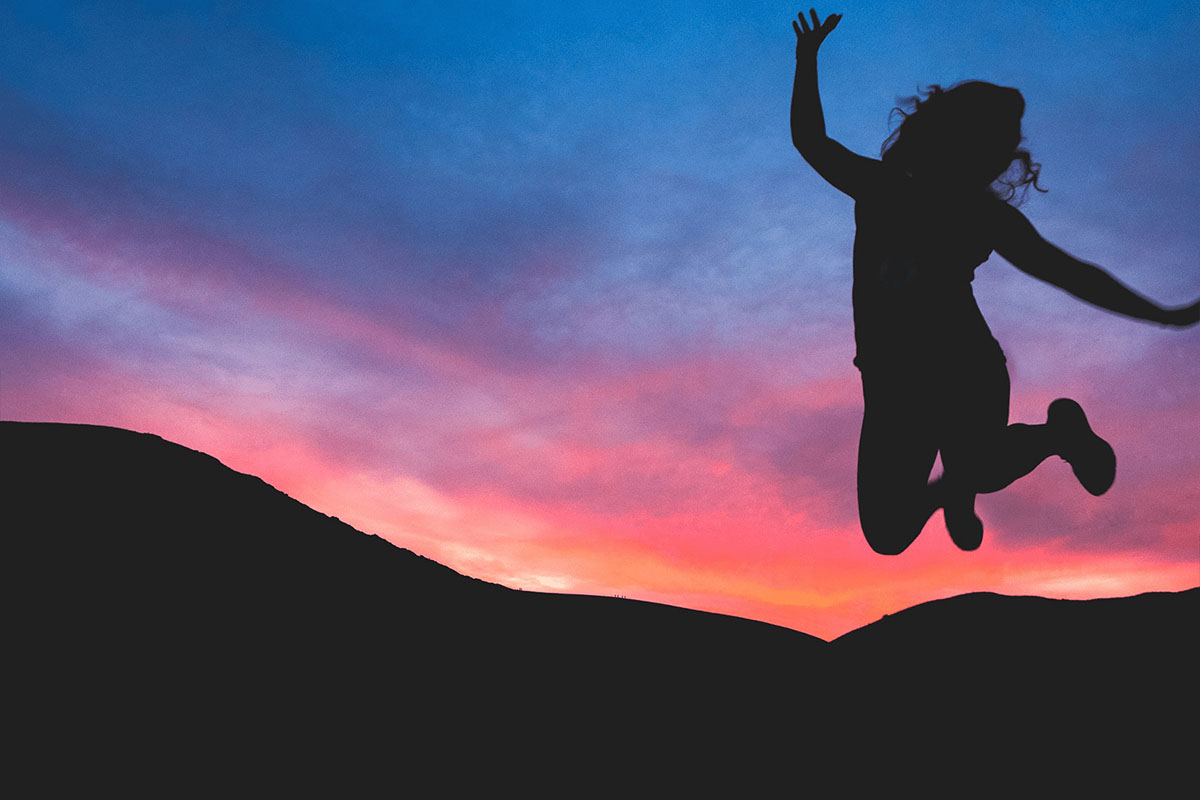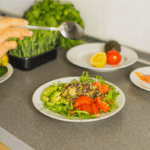Good news: Cigarette smoking among U.S. adults has fallen to the lowest rate in generations, according to the Centers for Disease Control and Prevention (CDC). The use of e-cigarettes among teens fell sharply in 2016, too, while overall tobacco use declined to a new low.
The CDC’s annual report on young people and tobacco found that 11.3% of high school students used e-cigarettes in 2016, compared with 16% the year before. That’s the first drop since 2011, when the CDC started tracking e-cigarette use.
In addition, just 8% of high school students smoked cigarettes in 2016, while about 20% reported using tobacco products such as cigars, hookahs, pipes, smokeless tobacco and small, leaf-wrapped cigarettes called bidis, as well as regular and e-cigarettes. Those numbers are the lowest on record, the CDC reported.
The decline of smoking and other tobacco use represents a cultural shift. A generation ago smoking was cool, and not too long ago professional baseball players chewed tobacco during games.
But lung cancer, oral cancer, and chronic obstructive pulmonary disease seemed to have turned the tide against tobacco. Targeted anti-tobacco campaigns, such as TV ads with graphic images of young oral cancer victims, continue to air in states where high percentages of smokeless tobacco-users live. Worksite wellness programs with smoking cessation campaigns have also increased awareness of tobacco’s health risks.
Still, people are foggy on e-cigarette safety. Is vaping as toxic as regular cigarettes?
Maybe. Scientists are learning how e-cigarettes affect health. One study reported that vaping was as harmful as smoking cigarettes. Researchers concluded that vaping can trigger unique immune responses in lungs, causing deadly inflammatory diseases.
There is already enough evidence to justify efforts to prevent e-cigarette use by young people, according to the CDC. Nicotine exposure during adolescence can cause addiction and harm the developing brain. E-cigarette batteries can explode, start fires, and injure people. This tip sheet helps adults explain the risks of e-cigarettes to children.
In another move to stem vaping, last year the Food and Drug Administration issued rules on e-cigarettes, banning their sale to anyone under 18 and requiring that adults under the age of 26 show a photo identification to buy them.
Source: CDC, FDA, American Journal of Respiratory and Critical Care Medicine












